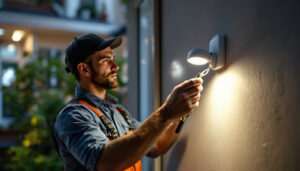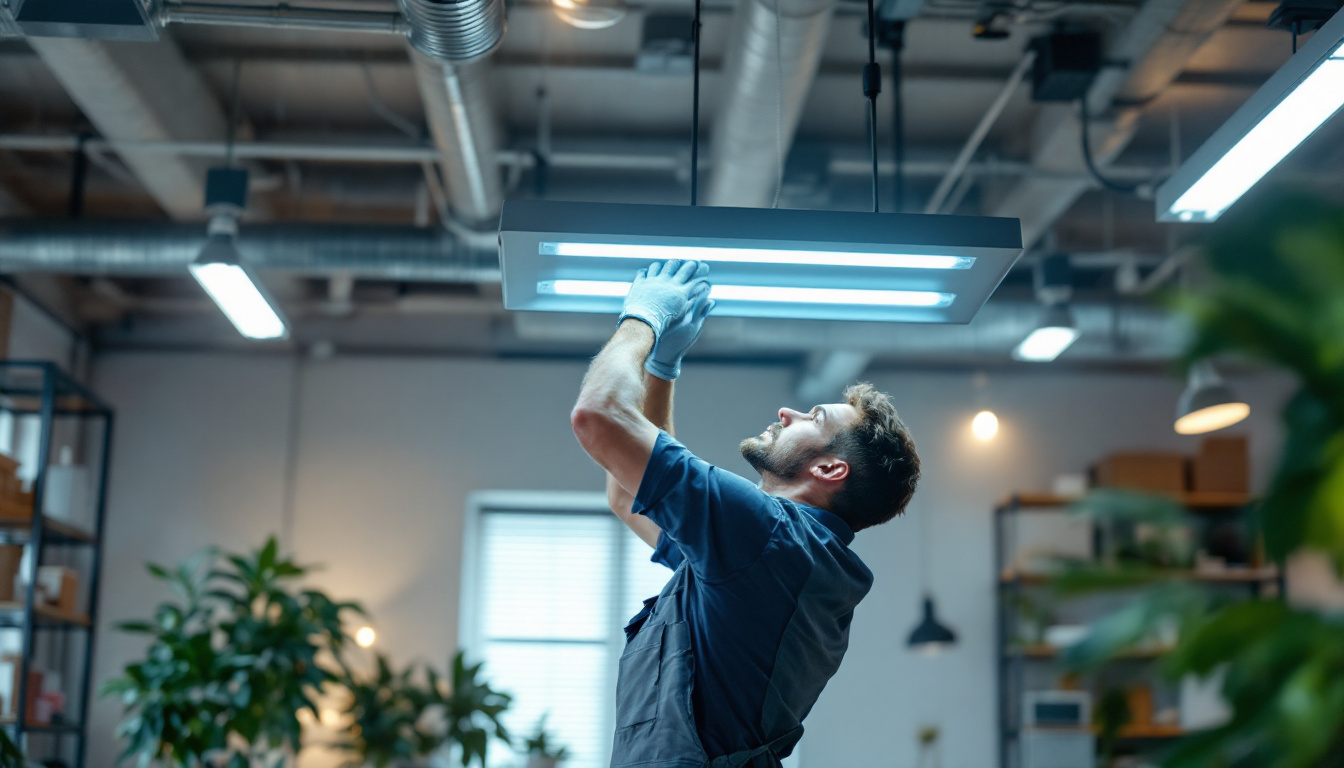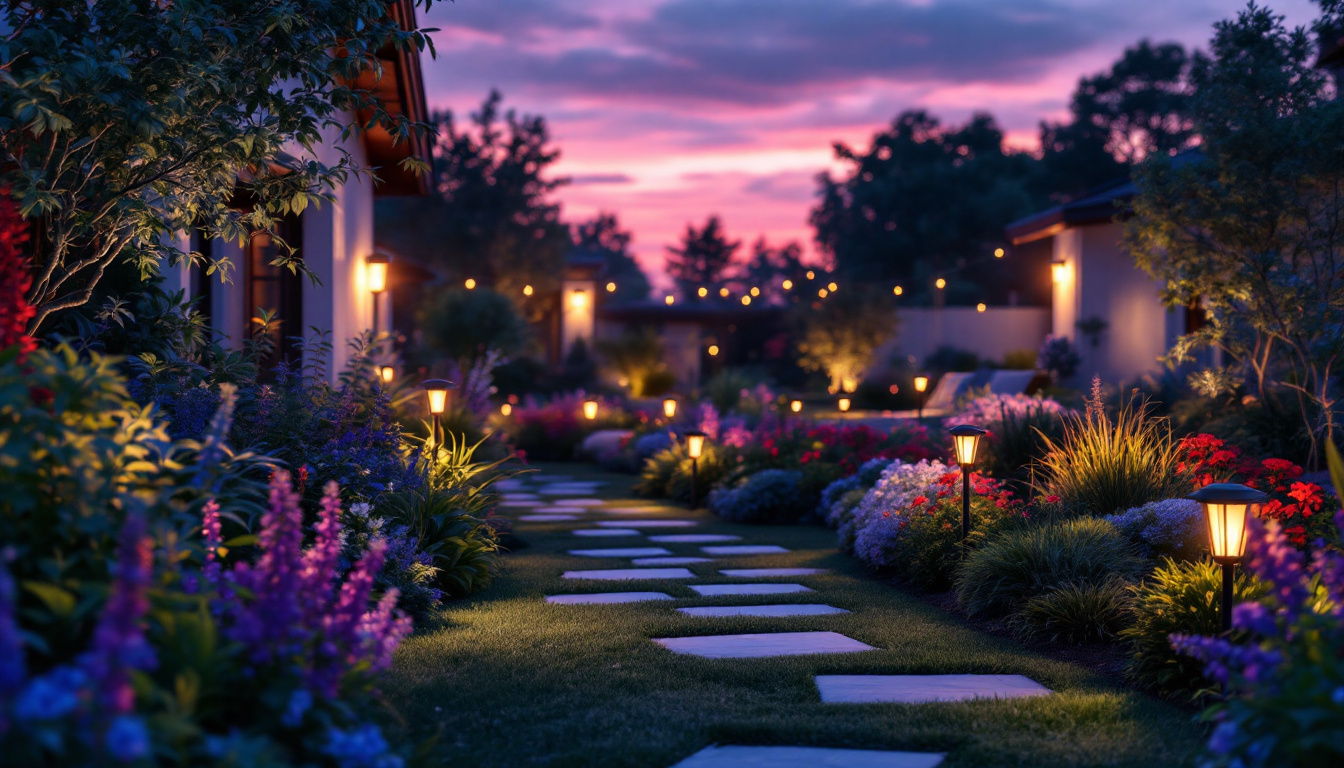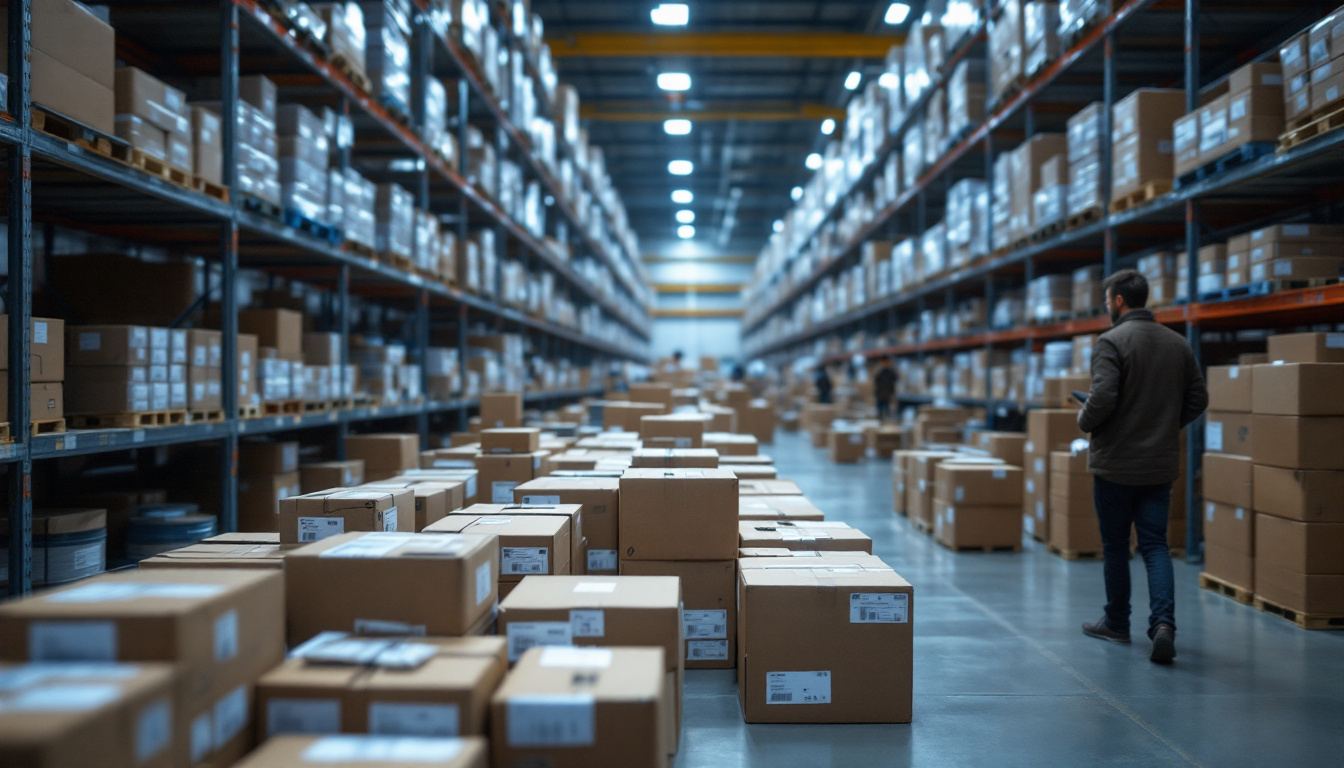

Fluorescent lighting has been a staple in both residential and commercial spaces for decades. Its energy efficiency, longevity, and versatility make it a preferred choice for many lighting contractors. This comprehensive handbook aims to provide essential insights into fluorescent lighting, covering everything from the basics to advanced applications, ensuring contractors are well-equipped to meet their clients’ needs.
Fluorescent lights operate on a principle that involves the excitation of gas to produce light. This section delves into the mechanics of fluorescent lighting, its components, and how it compares to other lighting technologies.
At the core of fluorescent lighting is a gas-filled tube that emits ultraviolet light when an electric current passes through it. This ultraviolet light then interacts with a phosphor coating on the inside of the tube, producing visible light. Understanding this process is crucial for contractors who may need to troubleshoot or explain the technology to clients. The efficiency of this process is one of the reasons fluorescent lights are favored in commercial settings, where long hours of operation can lead to significant energy savings. Additionally, the ability to produce a range of color temperatures allows for versatile applications, from office environments to retail spaces.
A typical fluorescent lighting system consists of several key components: the lamp, ballast, and fixture. The lamp is the tube that produces light, while the ballast regulates the current to the lamp. Fixtures house the lamps and provide the necessary support and wiring. Familiarity with these components allows contractors to effectively select and install fluorescent lighting systems. Moreover, advancements in technology have led to the development of electronic ballasts, which are more efficient than traditional magnetic ballasts. These electronic versions not only reduce flickering and noise but also enhance the overall performance and lifespan of the fluorescent lamps, making them a more appealing option for modern installations.
While incandescent lights are known for their warm glow and LEDs for their efficiency, fluorescent lights offer a unique balance of both. They consume less energy than incandescent bulbs and have a longer lifespan, making them a cost-effective choice for many applications. However, they may not provide the same color rendering as LEDs, which is an important consideration for contractors when advising clients. In addition, fluorescent lights are often more affordable upfront compared to LEDs, which can be a deciding factor for budget-conscious projects. It’s also worth noting that the environmental impact of fluorescent lighting is a topic of discussion; while they are more energy-efficient, the presence of mercury in fluorescent tubes requires careful disposal and recycling practices to mitigate potential hazards. Understanding these nuances can help contractors provide informed recommendations tailored to their clients’ needs and values.
Fluorescent lights come in various types, each suited to different applications. Understanding these types allows contractors to recommend the best solutions for their clients’ specific needs.
Linear fluorescent lamps are the most common type, available in various lengths and diameters. They are often used in commercial spaces such as offices, schools, and retail environments. Their versatility makes them a go-to choice for contractors looking to provide efficient lighting solutions. Additionally, linear fluorescent lamps can be found in different color temperatures, ranging from warm white to cool daylight, allowing for customization based on the ambiance desired in a particular space. This adaptability not only enhances the aesthetic appeal but also contributes to productivity in work environments, as the right lighting can significantly affect mood and focus.
CFLs are smaller, spiral-shaped bulbs that can easily replace incandescent bulbs in standard fixtures. They are ideal for residential applications and are popular among homeowners looking to reduce energy costs. Contractors should be familiar with the different wattages and color temperatures available to guide clients effectively. Moreover, CFLs are designed to last much longer than traditional bulbs, often boasting a lifespan of up to 10,000 hours, which makes them a cost-effective choice over time. With their energy efficiency, they also contribute to lower carbon footprints, appealing to environmentally conscious consumers who prioritize sustainability in their purchasing decisions.
While not as common as linear and compact options, HID fluorescent lights are used in specialized applications, such as industrial and outdoor lighting. These lamps produce a high level of brightness and can cover large areas, making them suitable for warehouses and parking lots. Additionally, HID lights are known for their impressive lumen output and efficiency, which can lead to significant energy savings in large-scale installations. However, contractors should also consider the warm-up time associated with HID lamps, as they may take several minutes to reach full brightness. This characteristic makes them less ideal for situations requiring immediate illumination, such as in security lighting. Understanding these nuances allows contractors to make informed recommendations that align with the specific needs and expectations of their clients.
Proper installation is critical to ensuring the longevity and efficiency of fluorescent lighting systems. This section outlines best practices that contractors should follow during installation.
Before installation, a well-thought-out layout is essential. Contractors should assess the space and determine the optimal placement of fixtures to achieve even illumination. Factors such as ceiling height, room function, and natural light sources should be considered to maximize the effectiveness of the lighting design. Additionally, using lighting design software can aid in visualizing the layout and identifying potential issues before installation begins. This proactive approach not only enhances the aesthetic appeal of the space but also ensures that energy consumption is minimized by avoiding over-illumination in certain areas.
Fluorescent lights require specific electrical configurations. Contractors must ensure that the electrical supply matches the ballast requirements and that all wiring is up to code. Proper grounding and circuit protection are also vital to prevent electrical hazards and ensure the system operates efficiently. It’s also important to consider the use of energy-efficient ballasts, which can significantly reduce energy consumption and extend the lifespan of the bulbs. Furthermore, contractors should conduct a thorough inspection of existing wiring and circuits to identify any potential issues that could affect the performance of the new lighting system, ensuring a safe and reliable installation.
When installing fixtures, it is crucial to follow the manufacturer’s guidelines. This includes securely mounting the fixture, connecting the wiring correctly, and ensuring that the ballast is properly installed. Failure to adhere to these guidelines can lead to premature failure of the lighting system. Moreover, contractors should pay attention to the type of fixtures being used, as different environments may require specific designs, such as moisture-resistant fixtures for bathrooms or high-bay fixtures for warehouses. Additionally, incorporating adjustable fixtures can provide flexibility in lighting direction, allowing for changes in room layout or function without the need for extensive reinstallation.
Regular maintenance is key to extending the lifespan of fluorescent lighting systems. This section provides insights into maintenance practices and common troubleshooting techniques.
Contractors should recommend routine maintenance tasks such as cleaning fixtures and replacing lamps as needed. Dust and debris can accumulate on fixtures, reducing light output and efficiency. Regular inspections can help identify issues before they become significant problems.
Fluorescent lights can experience several common issues, including flickering, dimming, or complete failure. Flickering often indicates a problem with the ballast or lamp, while dimming may suggest that the lamp is nearing the end of its life. Understanding these signs allows contractors to provide timely and effective solutions for their clients.
As technology advances, energy-efficient options such as LED retrofits for fluorescent fixtures are becoming increasingly popular. Contractors should stay informed about these upgrades to offer clients the best solutions that align with their sustainability goals and budgetary constraints.
Fluorescent lighting is versatile and can be used in various settings. This section explores how different environments can benefit from fluorescent lighting solutions.
In commercial settings, fluorescent lights are often used for their energy efficiency and ability to provide uniform lighting. Offices, retail stores, and warehouses can all benefit from well-planned fluorescent lighting systems that enhance productivity while reducing energy costs.
Homeowners increasingly opt for fluorescent lighting in kitchens, garages, and basements due to its efficiency and longevity. Contractors can help clients select the right type of fluorescent lighting to match their home’s aesthetic while ensuring functionality.
In industrial environments, fluorescent lighting is commonly used for its durability and ability to illuminate large areas. Factories and manufacturing plants benefit from high-output fluorescent fixtures that can withstand harsh conditions while providing adequate lighting for safety and productivity.
The lighting industry is constantly evolving, and fluorescent lighting is no exception. Staying informed about future trends can help contractors remain competitive and offer cutting-edge solutions to clients.
Smart technology is making its way into the lighting industry, with fluorescent lights being integrated into smart systems for enhanced control and efficiency. Contractors should explore options for retrofitting existing fluorescent systems with smart controls, allowing clients to adjust lighting based on their needs.
As energy efficiency becomes a priority, the demand for sustainable lighting solutions is on the rise. Contractors should be prepared to discuss the environmental benefits of fluorescent lighting, including reduced energy consumption and lower carbon footprints compared to traditional incandescent lighting.
Ongoing research and development in fluorescent technology are leading to improved performance and efficiency. New phosphor formulations and better ballast designs are enhancing the quality of light produced by fluorescent lamps, making them a more attractive option for various applications.
Fluorescent lighting remains a vital component of modern lighting solutions, offering energy efficiency, longevity, and versatility. By understanding the mechanics, types, installation best practices, and future trends, lighting contractors can effectively serve their clients and stay ahead in a competitive market. As technology continues to evolve, embracing new advancements will ensure that contractors can provide the best possible solutions for their clients’ lighting needs.
Ready to elevate your lighting game? At LumenWholesale, we provide lighting contractors like you with the highest quality, spec-grade fluorescent lighting products at unbeatable wholesale prices. Say goodbye to local distributor markups and hello to our extensive selection that meets the highest industry standards. With free shipping on bulk orders, you can trust that you’re getting premium lighting solutions at the best value — no hidden fees, no compromises. Make your next project shine with efficiency, longevity, and versatility. Wholesale Lighting at the Best Value is just a click away. Experience the LumenWholesale difference today!

Discover essential insights and expert tips for lighting contractors in our comprehensive guide to Sylvania.

Explore the benefits and drawbacks of garden lighting solar solutions specifically for lighting contractors.

Discover the ultimate guide to Gooseneck Brass Sconces with expert tips tailored for lighting contractors.

Discover why purchasing ballasts and drivers in bulk from local distributors might not be the best choice.
Get notified when NEW deals are released.
Optimize your budget with wholesale discounts.
Only top-quality, specification-grade lighting products.
No additional costs at checkout - what you see is what you pay.
We understand the unique needs of contractors.